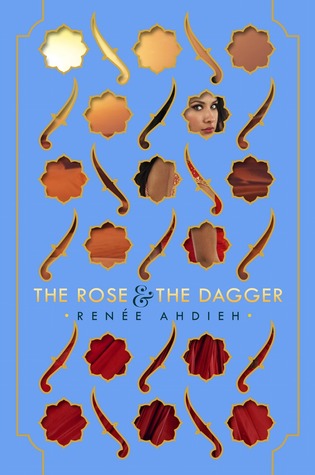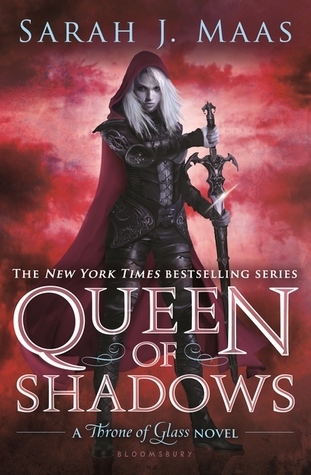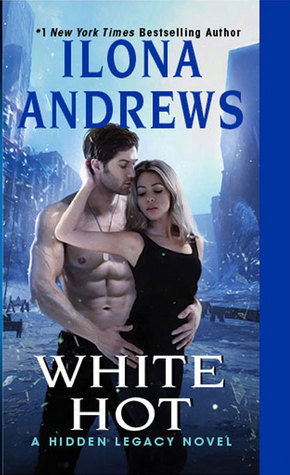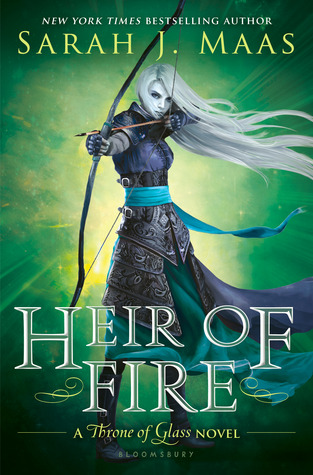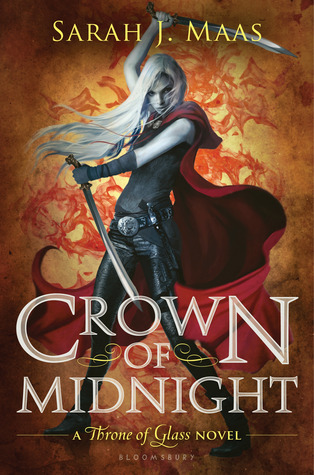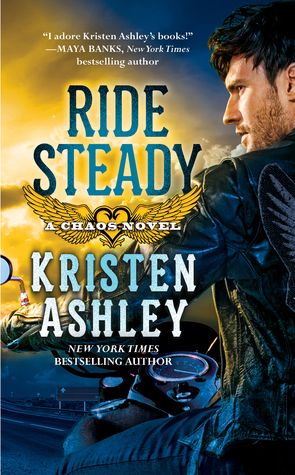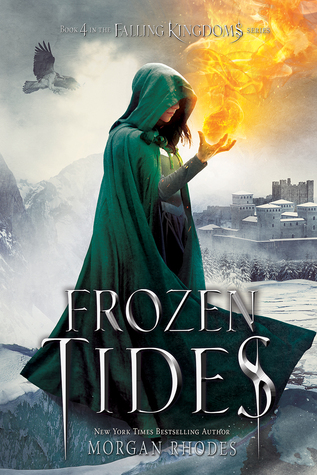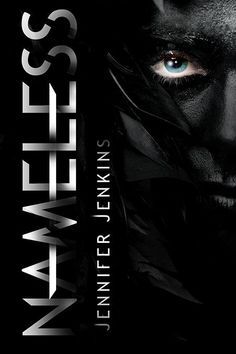Nate Wildenstern's brother has been killed, and the finger is pointed at him . . . After nearly two years, eighteen-year-old Nate returns home to the family empire ruled by his father - the ruthless Wildenstern Patriarch. But Nate's life is soon shattered by his brother's death, and the Rules of Ascension, allowing the assassination of one male family member by another, means he's being blamed. He knows that he is not the murderer, but who is? With the aid of his troublesome sister-in-law, Daisy, and his cousin Gerald, he means to find out. But when the victims of the family's tyrannical regime choose the funeral to seek their revenge, they accidentally uncover the bodies of some ancient Wildenstern ancestors, one of whom bears a Patriarch's ring. The lives of Nate and his family are about to take a strange and horrifying turn . . .
Interview with Oisin McGann:
1. Where did you get the idea for The Wildenstern Saga?
The original ideas came together, forming around the concept of a vampire-like family whose power came from money rather than blood, and avoiding all the usual vampire tropes. It was going to be a much more science fiction/fantasy world, but I wanted to appeal to a more mainstream audience. Sometimes you can entertain yourself by going really weird, but end up alienating readers. I realized the core ideas of the story would fit well in a Victorian world, but I didn’t want to lose the freedom and imagination that sci-fi/fantasy offers and I wanted to add more humour and a touch of chaos. That was when I brought in the engimals, the living machines, as a new thread, and wove them into the science of the story and the mythology of the world. I also wanted to avoid the usual English setting, so I set it in Ireland instead, which added a whole load of extra historical spice, as those were fiery times.
2. The series is set in Victorian Ireland and incorporates many aspects of steampunk. How did you become interested in steampunk? Do you participate in steampunk culture often?
I’ve always been fascinated with the Victorian contrast of civil and delicate manners against the grit and grime of the Industrial Revolution and the massive difference between rich and poor, between science and religion, between virtuous Christian values of a developing society and the beginning of a grinding factory society. It’s a fascinating period in history, which is why it attracts so much attention. Plus, of course, when I was growing up, Jules Verne was the granddaddy of science fiction (I didn’t read HG Wells until later in my life). I think there’s a nostalgia for that kind of sci-fi, because for many of us, the technology is still understandable and is very visual. Electronics have made tech almost magical, but has meant it can be almost any shape, which has led to many everday things ending up shaped like a very practical round-edged box (cars, phones, trains, radios and TVs). Steampunk is visually stimulating because it’s chunky and often ugly or ridiculously ornate, the shapes either dictated by the function or the décor of someone’s house – and it’s gorgeously funky because of all that. I don’t participate in the cosplaying or model-making, but there’s some really lovely stuff out there.
3. Engimals are engine-animal hybrids that can be tamed to work as machines in society. What’s your favorite engimal?
The original ideas came together, forming around the concept of a vampire-like family whose power came from money rather than blood, and avoiding all the usual vampire tropes. It was going to be a much more science fiction/fantasy world, but I wanted to appeal to a more mainstream audience. Sometimes you can entertain yourself by going really weird, but end up alienating readers. I realized the core ideas of the story would fit well in a Victorian world, but I didn’t want to lose the freedom and imagination that sci-fi/fantasy offers and I wanted to add more humour and a touch of chaos. That was when I brought in the engimals, the living machines, as a new thread, and wove them into the science of the story and the mythology of the world. I also wanted to avoid the usual English setting, so I set it in Ireland instead, which added a whole load of extra historical spice, as those were fiery times.
2. The series is set in Victorian Ireland and incorporates many aspects of steampunk. How did you become interested in steampunk? Do you participate in steampunk culture often?
I’ve always been fascinated with the Victorian contrast of civil and delicate manners against the grit and grime of the Industrial Revolution and the massive difference between rich and poor, between science and religion, between virtuous Christian values of a developing society and the beginning of a grinding factory society. It’s a fascinating period in history, which is why it attracts so much attention. Plus, of course, when I was growing up, Jules Verne was the granddaddy of science fiction (I didn’t read HG Wells until later in my life). I think there’s a nostalgia for that kind of sci-fi, because for many of us, the technology is still understandable and is very visual. Electronics have made tech almost magical, but has meant it can be almost any shape, which has led to many everday things ending up shaped like a very practical round-edged box (cars, phones, trains, radios and TVs). Steampunk is visually stimulating because it’s chunky and often ugly or ridiculously ornate, the shapes either dictated by the function or the décor of someone’s house – and it’s gorgeously funky because of all that. I don’t participate in the cosplaying or model-making, but there’s some really lovely stuff out there.
3. Engimals are engine-animal hybrids that can be tamed to work as machines in society. What’s your favorite engimal?
I suppose it would have to be Flash, the wild motorcycle Nate captures at the beginning of the book, but they were ALL fun to make. I think we’ve a funny relationship with machines; we can’t help treating them like animals – we shout at our computers, wrestle with our vacuum cleaners and have strange relationships with our cars. Creating machines that actually behaved like animals; a toaster that gets a thrill from having toast inserted in its back, or a bird that sings like a stereo, or a street-sweeper that can be led like a cow or sharp-edged, paper-like creatures that can fly and draw their power by basking in the sun . . . these all seemed a very natural step in a weird direction.
4. The Rules of Ascension are very harsh and taken very seriously in getting to the top of the family line. How did the idea for the Rules come about?
They were worked out pretty logically according to how I imagined a family like this would be governed. The aim is to create ruthless businessmen, to always increase the family’s wealth and power. So family life is shaped to breed predators and weed out the weak, allowing someone to kill someone in a superior position, as long as it conforms to the rules and no one outside the family finds out. As the family’s motto goes: ‘Suffer No Weakness’. If you take greed to its ultimate extreme, I figure this is what you’d get.
5. How long did it take you to write Ancient Appetites?
I plan ahead quite a bit, so when I start writing a book, I turn it out pretty fast and I like to have as finished a story as possible by the time I write ‘The End’ (I still write ‘The End’ – it gets taken out by the editor, but I still write it). That said, I’m normally working on two or three projects at a time, maybe more – though usually only one novel, unless I’m editing one and writing another. I think Ancient Appetites took about four or five months to write the first draft.
6. Ancient Appetites is set in 19th century Ireland. If you could live in any time period and any place, what/where would it be and why?
Oh, I’d visit other times, but I’d stay living right here. Vaccines, antiseptic, antibiotics, modern medicine and dentistry, the ability to travel, the access to information, human rights . . . we’re steadily making the world a better place. I do wish we hadn’t trashed our environment so badly, but there’s still hope there too. The past is lovely and all that, but it can stay right where it is. Certainly, you’d have to be an eejit to want to live in 19th century Ireland – most people had it pretty rough back then.
7. Do your three children influence your stories at all?
Mostly they distract me from my work, but yes, there are bits of them in the writing – that would be true of anyone I spend a lot of time with. We’re constantly influenced by the people and environment around us.
8. You’re both a writer and an illustrator. How do your creative processes differ for both?
I write imagining how I’d draw (or film) each scene and I’m constantly imagining dialogue and action while I draw. They’re two sides of the same coin for me. In fact, when I started teaching writing classes, which I still do, I’d never done any formal writing classes myself, I hadn’t learned any systematic steps, so my approach was the one I’d learned in art college; break everything into simple isolated elements, learn how to recreate those and how they fit together to make more complex things.
9. What young adult authors inspire you?
YA is more of a marketing thing than an audience thing. Writers who would have influenced me in different ways would include Terry Pratchett, Stephen King, Pat Mills (a UK comics writer), Tolkien, CS Lewis, Ernest Hemingway, Beatrix Potter, Roald Dahl, Willard Price, Alan Moore, Louis L’Amour, Craig Thomas, Agatha Christie and I loved books like Treasure Island, 20,000 Leagues Under the Sea, The Adventures of Tom Sawyer, Watership Down, The Wind in the Willows, The Iron Man, Pippi Longstocking and Moby Dick. I went through an Enid Blyton phase for a while, And then there was Jules Verne, of course.
10. What can you tell us about The Wisdom of Dead Men and Merciless Reason, the next books in the trilogy?
More of the same, but worse. By the time we get to Merciless Reason, things are really getting out of hand. The climax of that was a LOT of fun to write.
11. When you’re not writing or illustrating, what are some of your favorite hobbies?
I like walking in the mountains (though I’ve done less of that since our two youngest were born – the hills are still calling to me), I love films, reading and answering my children’s oddball questions. I travel around quite a bit, particularly in Ireland and I love seeing new places, but staying at home and getting jobs done on the house has become a bit of a treat. I like tinkering with stuff to figure out how it works. I was into martial arts for years and keep promising, when I’ve got the time, that I’ll get back into it. I still like a good fight scene, though I’m getting a lot less tolerant of the scripts of martial arts films now. Some of them are really shite. I have two dogs and a cat that demand a fair bit of my time too.
12. Do you have any advice for aspiring writers?
Loads, but it wouldn’t fit here. Mainly, write what you love to read, so it will always be fun. Life’s too short for meeting other people’s expectations and this is too weird, frustrating and inconsistent a job to do if it’s not fun. I have no time for the perception of the miserable, tortured artist. Sod that, write what you love – all the rest is a bonus.
13. Do you think you have any similar characters to Nate Wildenstern, the main character in Ancient Appetites?
I think it’s important to make every character distinctive. I’d hope that every character I create is different from all the others. Part of the fun of writing is the challenge to make your characters interesting to write and it’s the only way to create that empathy in the reader.
14. Do you ever get writer’s block? How do you overcome it?
No, I really don’t. I think one skill a writer should train into themselves is the ability to observe and to make ideas out of the things around them. The world is FULL of stimulation for our brains, we only need to open ourselves up to it. I don’t believe in writer’s block as some kind of psychological affliction. If you get stuck in a story, find a way to make up something new or stop taking it so seriously and take a break and go and write something else. Don’t stop writing, just change what you’re doing. Everyone can get stuck, all the best writers do, but we do this for a living – you have to knuckle down and get on with it. If you can be beaten into submission by a blank page, you’re in the wrong job.
15. What’s the best advice you’ve ever received?
I’ve had loads of good advice, but one practical one is that my English teacher once asked me how sure I was of the end of my stories before I start writing. In a burst of light exploding in my brain, I realized that sometimes I hadn’t a clue how my stories ended and I COULD THINK AHEAD AND FIX THAT. Now, I have the ending of my story before I start writing. I can change it – it’s my story, I can do what I like – but it give me a direction to go and helps me maintain pace throughout. It doesn’t suit every writer, but it works for me.
16. Your books have elements of fantasy, science fiction, adventure, and mystery in them. What’s the most challenging part of combining so many genres into one cohesive story?
I try not to think in genres. I like a bit of weird in my stories, so they often have a sci-fi/fantasy/horror element to them – letting go with the imagination is just too much fun –but there still have to be clear rules for those unreal bits, so that there can be no magical escapes or easy answers. Nothing pisses a reader off worse than giving a character a convenient or lazy way out of a problem. I think that once you can create character, suspense and pace, you can bring them into any type of story, and the type of story is dictated by the setting and the challenges your characters face.
17. What’s your favorite bookstore?
I don’t have one – there are a number in Dublin that I’d visit regularly and we have a couple of good local ones, but my wife is a librarian, so I can order home delivery any time I want.
18. Which character did you enjoy writing most in Ancient Appetites?
I don’t have a favourite character (as you can gather, I don’t really do favourites much at all), but Gerald was cool to write; he has this dry wit that delivers some of the best lines, and Tatiana was great – someone once described her as ‘pathologically bubbly’ and that’s a pretty good description. She’s a ray of sunshine in a family of predators.
19. Who is your favorite literary character?
Aw, I don’t know. Bilbo Baggins or Gollum? Charley from Charley’s War? Long John Silver? It’s a bit like asking a parent who their favourite child is. There are already too many to choose and I still want to find more of them.
20. Are you working on anything currently?
I’m always, always writing. I’ve just finished the sequel to Rat Runners and I’m now working on another novel, a kind of near-future Cold-War-thriller with an environmental theme. I’m also pitching a few different younger kids’ projects to publishers, I’m tweaking some new editions of an existing series and I’m just wrapping up the last few pieces for a project where we were exploring climate change through storytelling, trying to find different, and more positive ways of portraying it and looking to the future. But I’m ALWAYS writing. I’ll do it until somebody stops me.
Raquel
xoxo

